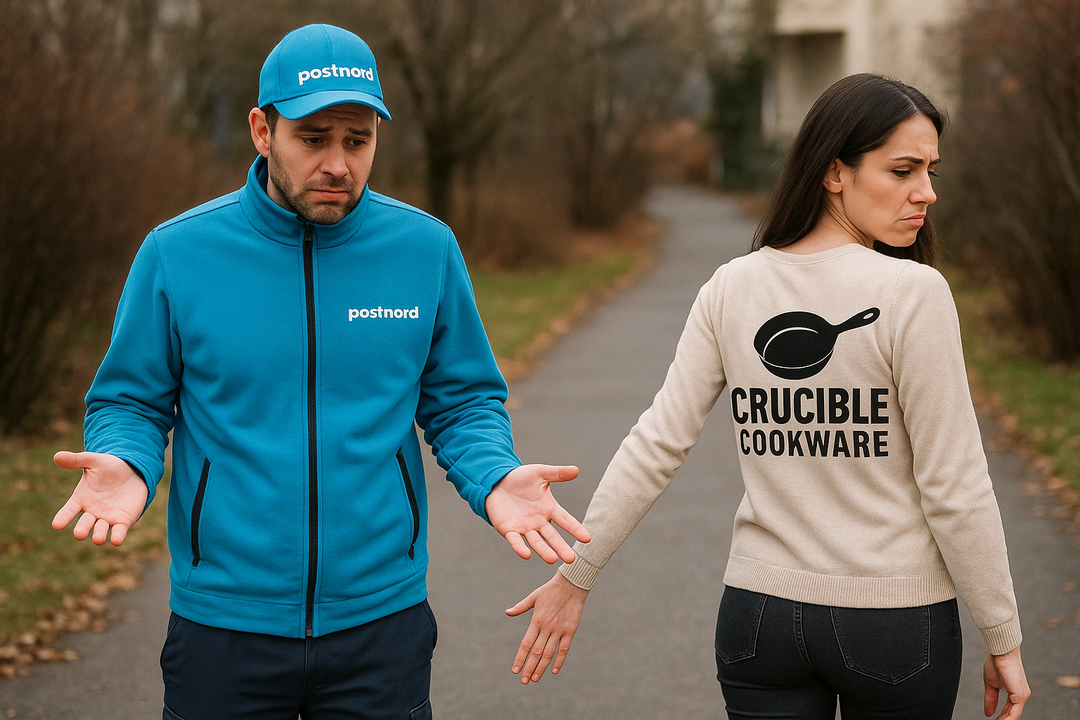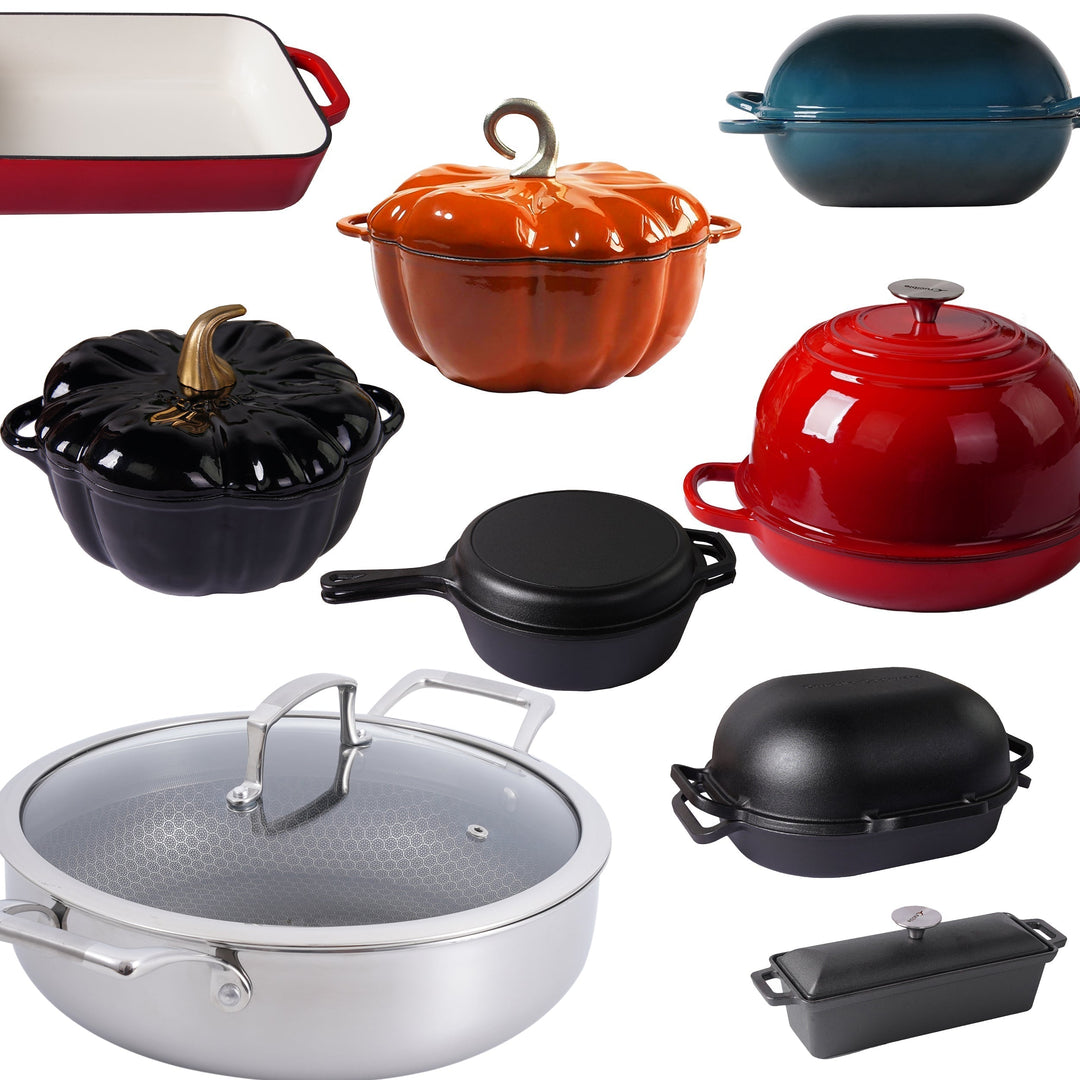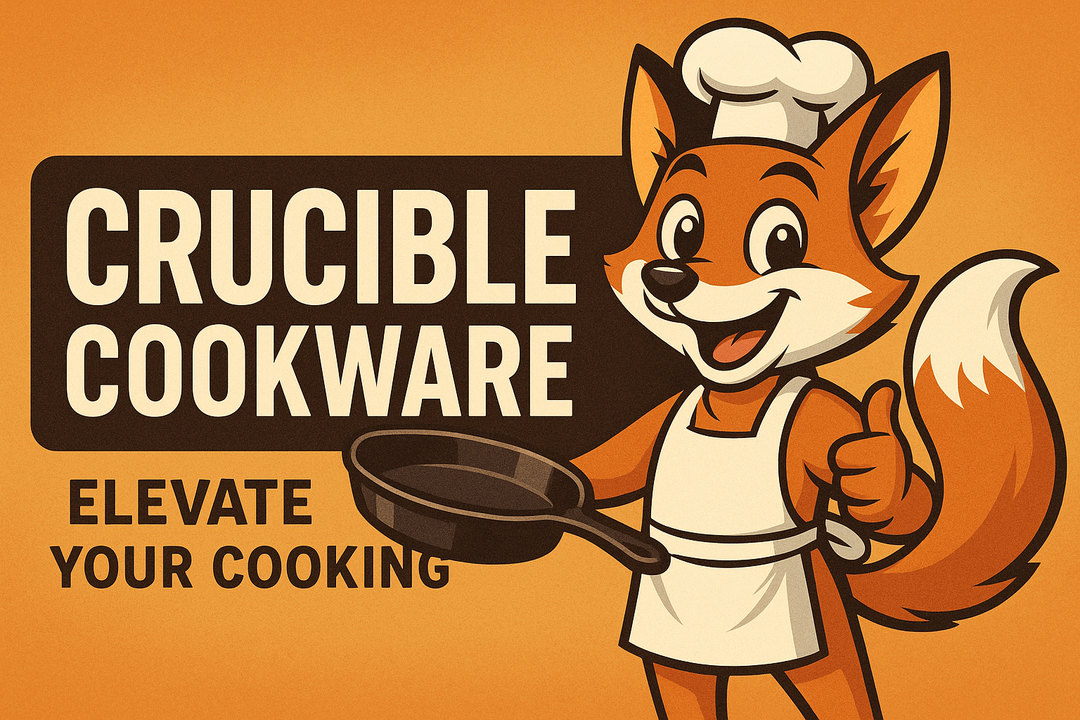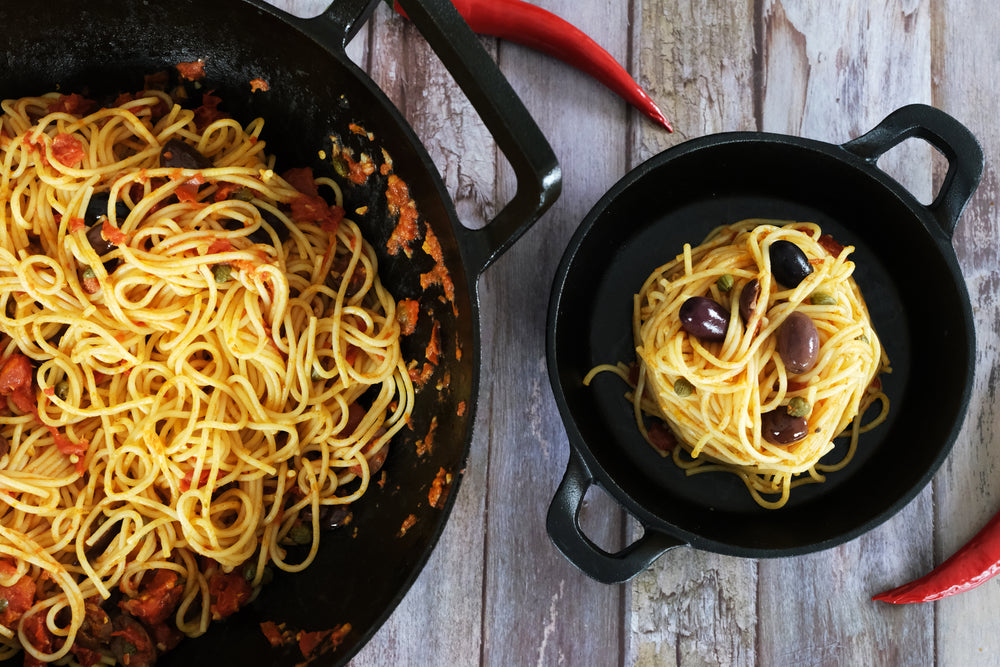Βούτυρο γκι

Το παραδοσιακό γιαούρτι συνήθως παρασκευάζεται από αλατισμένο βούτυρο. Η επιλογή αλατισμένου βουτύρου προσφέρει μεγαλύτερο έλεγχο στην τελική γεύση και εξασφαλίζει ότι το παραγόμενο γιαούρτι δεν είναι υπερβολικά αλμυρό. Το αλατισμένο βούτυρο αποτελεί την προτιμώμενη επιλογή για την παραγωγή γιαουρτιού, δημιουργώντας μια ουδέτερη βάση κατάλληλη για γλυκά και αλμυρά πιάτα.
Παρόλα αυτά, είναι σημαντικό να σημειωθεί ότι τεχνικά μπορείτε να φτιάξετε γιαούρτι από αλατισμένο βούτυρο αν επιθυμείτε μια διακριτική αλμυρή νότα στις μαγειρικές σας δημιουργίες. Όταν χρησιμοποιείτε αλατισμένο βούτυρο, η περιεκτικότητα σε αλάτι συγκεντρώνεται καθώς το νερό εξατμίζεται κατά τη διαδικασία παρασκευής γιαουρτιού. Αν επιλέξετε αλατισμένο βούτυρο, να είστε προσεκτικοί με τη συνολική αλμυρότητα στις συνταγές σας και να προσαρμόζετε το επιπλέον αλάτι ανάλογα για να διατηρήσετε την ισορροπία της γεύσης.
Συστατικά
- Βούτυρο (αλατισμένο ή μη, ανάλογα με το τι θα μαγειρέψετε με το γιαούρτι)
Εξοπλισμός
- Σκεύη από χυτοσίδηρο
- Κόσκινο ή τυροκομικό πανί
Οδηγίες
- Ζεστάνετε το Αλατισμένο Βούτυρο: Ξεκινήστε ζεσταίνοντας το βούτυρο σε ένα ανθεκτικό, παχύ πάτο τηγάνι σε χαμηλή έως μέτρια χαμηλή φλόγα. Είναι κρίσιμο να διατηρήσετε αυτό το ήπιο εύρος θερμότητας για να αποτρέψετε το γρήγορο καφέ του βουτύρου.
- Σιγοβράστε και Μειώστε: Καθώς το βούτυρο λιώνει, θα διαχωριστεί φυσικά σε τρία διακριτά στρώματα: ένα αφρώδες επάνω στρώμα, ένα καθαρό υγρό μεσαίο στρώμα και στερεά γάλακτος στον πάτο. Αφήστε το βούτυρο να σιγοβράσει απαλά.
- Επιτύχετε το Στάδιο του Χρυσοκαφέ: Συνεχίστε να σιγοβράζετε το βούτυρο μέχρι τα στερεά γάλακτος στον πάτο του τηγανιού να μετατραπούν σε βαθύ χρυσοκαφέ χρώμα. Συνήθως, αυτό το στάδιο διαρκεί περίπου 20-30 λεπτά, αν και ο χρόνος μπορεί να διαφέρει ανάλογα με την ποσότητα βουτύρου και την ένταση της θερμότητας. Είναι ζωτικής σημασίας να παρακολουθείτε στενά το βούτυρο για να αποφύγετε το κάψιμο. Αφαιρέστε τον αφρό στην κορυφή με ένα κουτάλι.
- Σουρώστε το Γιαούρτι: Μόλις τα στερεά γάλακτος αποκτήσουν το επιθυμητό χρυσοκαφέ χρώμα, αφαιρέστε το τηγάνι από την πηγή θερμότητας. Αφήστε το να κρυώσει για λίγα λεπτά και στη συνέχεια σουρώστε το υγρό μέσω λεπτού κόσκινου ή τυροκομικού πανιού σε καθαρό, στεγνό δοχείο. Αυτή η διαδικασία διαχωρίζει το καθαρό, χρυσαφένιο γιαούρτι από τα στερεά γάλακτος.
Η επιτυχής παρασκευή γιαουρτιού εξαρτάται από την υπομονή σας. Το αργό μαγείρεμα του βουτύρου σε χαμηλή έως μέτρια χαμηλή θερμοκρασία διευκολύνει την εξάτμιση του νερού και την σταδιακή καραμελοποίηση των στερεών γάλακτος, προσδίδοντας στο γιαούρτι τη χαρακτηριστική, ξηρή γεύση.









ΝΑ ΑΠΟΘΗΚΕΥΣΕΤΕ ΜΙΑ ΣΥΝΤΑΓΗ ΓΙΑ ΑΡΓΟΤΕΡΑ;
Αν θέλετε να αποθηκεύσετε αυτή τη συνταγή για αργότερα, μπορείτε να την εκτυπώσετε, να προσθέσετε σελιδοδείκτη στη σελίδα ή να την αποθηκεύσετε στο Pinterest.
Πώς να εκτυπώσετε μια συνταγή χωρίς τις εικόνες
- Μεταβείτε στο https://www.printfriendly.com/
- Εισάγετε τον σύνδεσμο για τη συνταγή στο πεδίο εισαγωγής και κάντε κλικ στο κουμπί "Προεπισκόπηση".
- Στην προεπισκόπηση, τοποθετήστε τον κέρσορα πάνω στο στοιχείο που δεν θέλετε να εκτυπώσετε (εικόνες ή άλλα στοιχεία) και κάντε κλικ στο σύμβολο του κάδου απορριμμάτων για να το αφαιρέσετε.
- Όταν τελειώσετε, κάντε κλικ στο κουμπί εκτύπωσης.















Αφήστε ένα σχόλιο